FAA Issues AD for LEAP 1-A Engine Used in A320Neo Due to Manufacturing Defects
Abhishek Nayar
23 May 2023
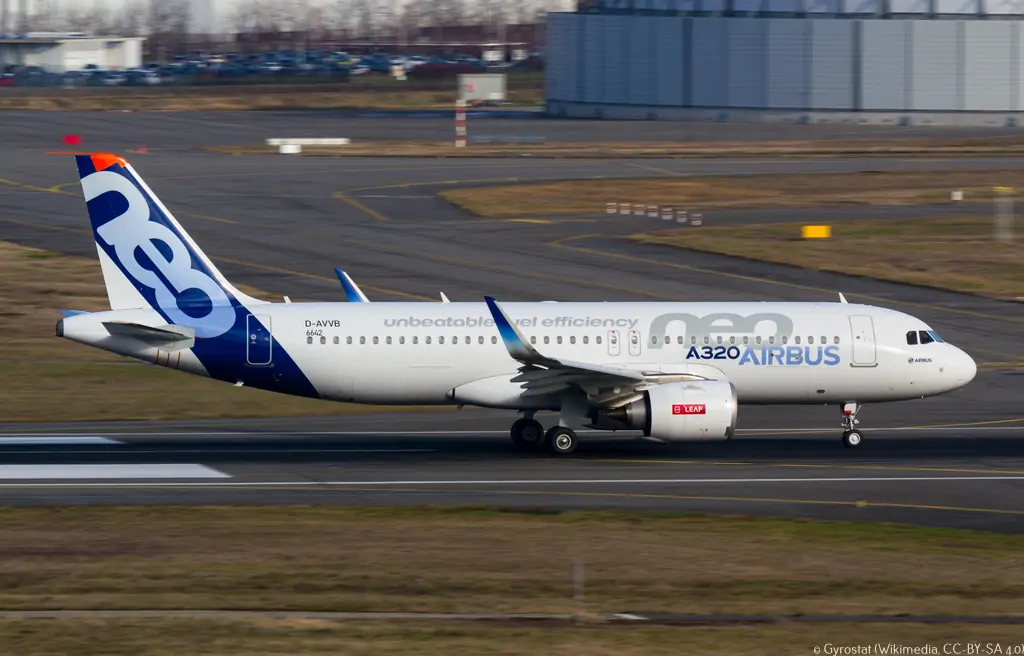
The Federal Aviation Administration (FAA) of the United States has issued an airworthiness directive (AD) pertaining to all CFM International LEAP 1-A engines, which are utilized solely in the Airbus A320neo series of aircraft. The directive was issued in reaction to the discovery of certain engine parts fabricated using materials that had reduced properties owing to iron inclusion.
The Airworthiness Directive of the FAA
The FAA has issued an airworthiness directive in response to the reported issues with CFM International LEAP 1-A engines. An airworthiness directive is a regulatory instrument that informs aircraft operators of mandated activities that must be taken to address safety concerns. The directive contains precise instructions, inspections, changes, or repairs that operators must perform to maintain their aircraft's ongoing airworthiness.
Present Situation
To ensure the safety and airworthiness of aircraft and their components, the aviation industry significantly relies on regulatory authorities such as the FAA. The issuing of an AD indicates a potential issue that must be handled as soon as possible to ensure the safety of activities. The FAA has taken pre-emptive efforts to limit potential risks connected with the use of specific engine parts, in the instance of CFM International LEAP 1-A engines used on Airbus A320neo aircraft. The lists include certain high-pressure turbine (HPT) rotor stage 1 discs (HPT stage 1 discs), front outer seals, and compressor rotor stages 6-10 spools of the LEAP 1-A engines.
To address the problem, the FAA has ordered operators to replace the three affected parts, which impacts 38 engines installed on aircraft registered in the US. According to the agency’s estimates, replacing the HPT stage 1 disk (a total of 38 affected parts) will cost $216,315 per product ($680 labor and $215,635 in parts), the forward outer seal (24 affected parts) will cost $48,180 per engine ($680 labor and $47,500 in parts), and the compressor rotor stages 6-10 spool (15 affected parts) will set back operators $38,340 per engine ($680 labor and $37,660 in parts). All costs related to parts were estimated on a pro-rated basis. The AD, which was issued on May 19, 2023, is scheduled to come into effect on June 23, 2023.
Impact on Airbus A320neo Operators
The FAA's airworthiness directive has a direct impact on airlines operating Airbus A320neo aircraft powered by CFM International LEAP 1-A engines. To maintain the ongoing airworthiness of their aircraft, operators must follow the directive's instructions and requirements within a specific timeframe, in this case, June 23rd.
Passenger Awareness and Customer Communication
Airlines that operate Airbus A320neo aircraft powered by CFM International LEAP 1-A engines understand the significance of adequately explaining the airworthiness requirement to their customers. Maintaining passengers' trust and keeping them informed about any potential impact on their travel arrangements requires open and honest communication.
Conclusion
The US FAA's airworthiness directive for CFM International LEAP 1-A engines on Airbus A320neo aircraft underscores the company's dedication to aviation safety and continual progress. This directive intends to fix reported concerns, manage hazards, and ensure the engines' and aircraft's ongoing airworthiness.
With Inputs from AeroTime
Read next
FlyArystan Launches Flights To India; Kazakhstan Introduces Visa Free Travel For Indians
Radhika Bansal
23 May 2023
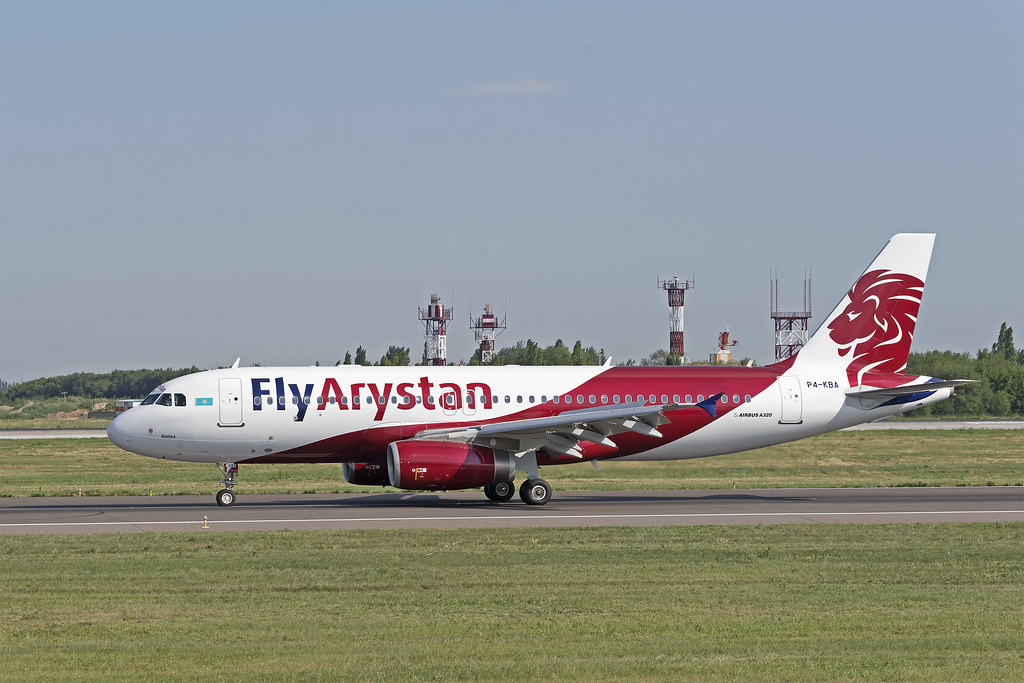
The Government of Kazakhstan has cancelled visa fees for Indian tourists for two weeks, and Kazakhstan's low-cost carrier (LCC) FlyArystan, has also launched flights from Delhi to Shymkent in Kazakhstan. Low-cost carrier FlyArystan (Air Astana Group) made the first flight between India and Kazakhstan. The flight on the Delhi-Shymkent route was carried out on Monday, May 22.
Flight Schedule
Having announced its plans to operate the route just last month, the airline will initially fly twice weekly between the two cities. Flying on Mondays and Thursdays, the flight is flown by one of the airline's fleet of Airbus A320 aircraft. Each FlyArystan aircraft seats 180 passengers in an all-economy class layout.
With the inception of this new route, Delhi becomes FlyArystan's 8th international destination. The airline already has flights to Istanbul and Ankara in Turkey, Kutaisi in Georgia, Baku in Azerbaijan, Samarkand in Uzbekistan, Yerevan in Armenia, and Bishkek in Kyrgyzstan.
The new service is scheduled to take just under three hours to fly the 1,669 km route. The aircraft operating the inaugural flight KC7469 (an A320neo registered EI-KBR) departed Shymkent Airport (CIT) 14 minutes late at 03:34 and arrived at Delhi Indira Gandhi International Airport (DEL) in Delhi at 06:08. 17 minutes ahead of schedule.
FlyArystan sees enormous potential for growth between Kazakhstan and India and is promoting the new service in both markets. The airline is keen to highlight that its new route will allow Kazakh citizens to visit the capital city of India in less than three hours for various purposes, including education, cultural enrichment, medical treatment, and tourism.
Kazakhstan Cancels Visa Fees
As the Government of Kazakhstan cancelled visa fees for Indian tourists for a 14-day visit in Kazakhstan, airline company FlyArystan is very hopeful that tourists will visit for their vacation.
Since the cancellation of the visa regime for Indian citizens to enter Kazakhstan, the flow of tourists has increased significantly; therefore, we decided to fill the need of passengers to travel between countries pursuing our main goal - providing affordable, convenient, and high-quality air transportation options," Pom Komutanont, Senior Director Operations of FlyArystan said. Kazakhstan's low-cost carrier has also announced their fare for one-way flights between two major metros, which starts from USD 55.
About the Kazakh Carrier
FlyArystan is the first Kazakh low-cost carrier that started its operations in May 2019. The carrier's fleet consists of 14 Airbus A320 aircraft with an average age of 7 years and received its first new factory fresh A320neo aircraft in September last year. It is worth noting that four aircraft were received directly from the manufacturer's factory. By the end of 2023, FlyArystan plans to expand its fleet to 19 aircraft, including new aircraft. The airline company is planning to make Kazakhstan a gateway to the European market for Indian passengers.
Since commencing operations in 2018, the low-cost airline has gone from strength to strength. 2022 was a particularly strong one for the airline, in which it flew three million passengers on over 20,000 flights. It flew 6% more passengers last year than it did in 2021 and also has an average load factor of 87%.
Read next
Niceair, a small virtual airline, has earned prominence in recent months for its ambitious objective of linking European cities such as Copenhagen and Tenerife straight to the magnificent northern Icelandic resort of Akureyri. Nonetheless, despite a promising start, Niceair has encountered substantial challenges along the way.
Niceair Overview
Niceair emerged as a visionary airline with an exclusive emphasis on bridging the gap between major European destinations and Akureyri's appealing attractions. The airline's objective was to present passengers with convenient and efficient flights, ensuring a seamless experience from departure to arrival. Niceair quickly earned prominence among travel enthusiasts looking for a new adventure due to its commitment to customer satisfaction and exceptional service.
Connecting European cities with Akureyri
Niceair's distinctive route network sought to connect major European cities with the breathtaking panoramas of northern Iceland. The airline perceived Akureyri's untapped potential as a hidden gem rich in natural beauty and cultural legacy. Niceair aims to harness the actual potential of Akureyri as a prime vacation destination by operating flights from key European destinations.
Present Scenario
Niceair operated a single Airbus A319-100 in 9H-XFW, operated by Hi Fly Malta, and Hi Fly Malta operated the 150-seat A319 on Niceair's behalf with aircrew attired in Niceair uniforms. Niceair has been unable to procure a replacement aircraft since April 7 due to Hi Fly Malta's failure to adhere to its payment schedule. Niceair's CEO, Þorvaldur Lúðvík Sigurjónsson, stated in early May that the airline was looking for alternatives to resume flights in time for the summer season and was in discussions with several capacity sources.
Payment Issues and Aircraft Replacement Complications
Niceair experienced a major setback because Hi Fly Malta failed to adhere to the agreed-upon payment schedule. Because of this financial lapse, Niceair was unable to procure a replacement aircraft after April 7, when the A319-100 was no longer accessible for operations. The unexpected turn of events placed Niceair in a difficult situation, as it faced flight interruptions and the dismay of tourists anxious to experience Akureyri.
Conclusion
Niceair's path has been distinguished by ambition, perseverance, and unexpected challenges. While the airline has faced obstacles as a result of Hi Fly Malta's refusal to satisfy payment commitments and deliver a replacement aircraft, it is still looking for ways to resume operations. Niceair is dedicated to overcoming these obstacles and providing customers seeking the stunning beauty of Akureyri with flawless travel experiences.
With Inputs from Ch-aviation
Read next
The Indian Air Force (IAF) has grounded the entire fleet of MiG-21 fighter aircraft till the checks are carried out and investigations into the reasons behind the crash over Rajasthan earlier this month are ascertained. Three people lost their lives in the crash when a MiG-21 Bison aircraft airborne from the Suratgarh air base crashed over Hanumangarh in a village on May 8.
"The MiG-21 fleet has been grounded till the investigations are carried out and reasons for the crash are ascertained," senior defence officials said.
The MiG-21 aircraft variants started getting inducted into the Indian Air Force over five decades and are on the verge of being phased out. There are only three MiG-21 squadrons with a total of around 50 aircraft operating in the IAF and all of them will be phased out by the early part of 2025.
When it met with an accident, the fighter jet that crashed over Rajasthan was on a routine training sortie. The pilot suffered minor injuries after which an inquiry had been launched to probe the exact cause of the crash.
The IAF has 31 combat aircraft squadrons including three of the MiG-21 Bison variant. The MIG-21 was inducted into the IAF in the 1960s, and 800 fighter variants have been in service to boost its overall combat prowess.
History of the Deadly Aircraft
The Soviet-origin aircraft has played a significant role in the Indian Air Force's operations for the past 60 years, participating in various missions including the 1971 Bangladesh war, the 1999 Kargil conflict, and the recent air duel following the Balakot airstrike.
However, considering the tragic event and the need for safety, the IAF hasdecidedn to ground its remaining MiG-21 fleet. A spate of crashes, many of them fatal, prompted the Indian Air Force last year to announce that it will phase out the MiG-21 Bisons by 2025, having ostensibly been unable to do sotoo maintain an adequate number of combat aircraft in service.
The IAF retired MiG-21 Bisons at the Srinagar-based No. 51 squadron, which is also known as “Sword Arms,” last September. Of the 874 MiG-21s inducted, more than 60% were licence-produced in India. The officials said that more MiG-21s have crashed than any other fighter because they formed the bulk of the fighter aircraft in the IAF’s inventory for a long time. IAF has had to keep its MiG-21 fleet flying longer than it would have liked because of the delay in the induction of new fighters.
The aircraft has gained unfortunate monikers like the "widow-maker" or the "flying coffin" due to a history of accidents since its induction into the IAF in the 1960s. With over 400 MiG-21 crashes in the last 60 years, the toll includes the lives of more than 200 pilots and 60 civilians.
The planes have been grounded at a time when most of the military’s advanced light helicopters (ALHs) are also grounded for comprehensive checks after a string of recent incidents including the crash-landing of an army helicopter in Jammu & Kashmir’s Kishtwar on May 4 in which a soldier was killed, and two pilots were injured. The Army, IAF, Navy, and Coast Guard operate more than 330 ALHs.
Future Fighter Jets For IAF
The crash rate of the MiG-21 has been a cause of concern in recent times as many of them have met with accidents. The IAF is also looking at the induction of indigenous aircraft including the LCA Mark 1A and LCA Mark 2 along with the Advanced Medium Combat Aircraft.
In February 2021, the government sealed a Rs 48,000 crore deal with Hindustan Aeronautics Limited (HAL) to procure 83 Tejas jets. The IAF has already procured 36 Rafale jets to enhance its combat capabilities. The Air Force is also in the process of acquiring 114 Medium Role Fighter Aircraft (MRFA).
Read next
Despite a poor fourth-quarter performance and escalating operational costs, Irish low-cost carrier Ryanair generated a near-record profit of €1.43 billion ($1.54 billion) in 2022. This financial success can be attributed to an array of factors, including stable demand, rising fares, expansion into emerging markets, and smart cost-cutting methods.
Slow Q4 Performance and Escalating operational costs
Ryanair had a slow fourth quarter, which hampered its financial performance. The Christmas season and increasing travel demand make the fourth quarter of the fiscal year critical for airlines. However, bad weather conditions, labor issues, and supply chain delays all had an impact on Ryanair's operations and earnings during this time.
Current Situation
Despite a less-than-favorable fourth quarter that reduced profits by €154 million ($166 million), robust demand throughout the year allowed the carrier to record a net profit of €1.43 billion, its first post-pandemic profit and nearly three times greater than 2019.
Moving into the upcoming fiscal year, Ryanair remains cautious about expansion, aiming for a 10% rise in passenger volume to around 185 million. The objective may be altered, though, to account for Boeing's 737 MAX supply delays. In a statement released on Monday, Ryanair CEO Michael O'Leary stated, "We are cautiously optimistic that FY24 revenue will grow sufficiently to cover our €1 billion higher fuel bill while still delivering a modest year-on-year profit increase." This forecast is still significantly reliant on avoiding adverse outcomes in FY24."
Factors Contributing to Ryanair's Profitability
Consistent Demand
Despite the difficulties encountered during the fourth quarter, Ryanair was able to maintain continuous demand for its services. The airline's broad route network, along with its reputation for inexpensive tickets, drew a continuous stream of customers. This continuous demand helped to counterbalance the negative impact of the poor Q4 and contributed to the airline's overall profitability.
Soaring Fares
Ryanair purposefully reduced their rates in order to capitalize on high demand in certain markets. The airline was able to boost ticket prices and improve revenue per passenger by introducing dynamic pricing methods and optimizing its revenue management systems. This elevated trend in fares was critical to improving Ryanair's financial performance.
Expansion into new markets
Ryanair's adherence to expanding into new markets also helped the company be profitable. The airline found unexplored markets and carefully developed flights to serve them. Ryanair was able to attract additional customers while increasing its market share by expanding its network, boosting its revenues.
Cost Reduction Strategies
Ryanair employed a variety of cost-cutting techniques to offset the impact of escalating operating expenses. These included fuel hedging to mitigate fuel price volatility, negotiating favorable supplier agreements, optimizing fleet utilization, and reducing operational operations. These methods aided the airline in achieving cost savings and improving its bottom-line.
Ryanair's Business Model Analysis
The success of Ryanair can be attributed to its distinctive low-cost business strategy. The airline strives to reduce expenses while increasing operational efficiency. Ryanair minimises superfluous expenditures and provides consumers with low-cost tickets by using a no-frills strategy.
Ryanair Faces Difficulties
Despite its outstanding financial success, Ryanair faces a number of operational issues. The increasing rivalry between other airlines, particularly in the low-cost market, is a big problem. Ryanair must constantly innovate and differentiate itself to attract and keep consumers in order to remain competitive.
Ryanair's Prospects for the Future
Ryanair's future prospects are optimistic, given its financial stability and strong business strategy. The airline is continuing to look for fresh development and expansion possibilities in both existing and new markets. Ryanair hopes to recruit a bigger client base and achieve additional revenue development by carefully targeting neglected regions and increasing its route network.
Conclusion
Despite a slow fourth quarter and escalating operating expenses, Ryanair managed to produce an astounding €1.43 billion profit in 2022. Consistent demand, rising rates, growth into new countries, and smart cost-cutting methods all contributed to the airline's financial success. Ryanair's low-cost business strategy, auxiliary income streams, and fleet optimization methods have all proven to be profitable.
Read next
In recent news, Air Europa, a prominent airline, finds itself grappling with a series of pilot strikes that have disrupted the airline's operations. With eight further pilot strikes set between May 22nd and June 2nd, the airline has been forced to cancel 114 flights. These strikes were initiated by the Sindacato de Pilotos de Espana (SEPLA) union, which was further responsible for a four-day walkout earlier this month that resulted in the cancellation of 68 flights.
Background Information about Air Europa
Air Europa was founded in 1986 and has steadily expanded its fleet and flying itineraries throughout the years. With a concentration on both local and international routes, the airline has become a popular alternative for both domestic and international travellers in and out of Spain. Air Europa's dedication to safety, comfort, and efficiency has led to the airline's success.
The SEPLA Union and its Function
The Sindacato de Pilotos de Espana (SEPLA) union represents a significant percentage of Air Europa pilots. SEPLA, as a representative organization, seeks to safeguard its members' rights and interests by ensuring fair treatment and favorable workplace conditions. SEPLA negotiates with Air Europa management on employment contracts, salary, working hours, and other labor-related issues through collective bargaining.
Current Scenario
Air Europa, a subsidiary of the Globalia Group, has served as a major airline in Spain for several decades. The airline has a reputation for reliability and customer satisfaction owing to its extensive flight network and excellent customer service. Recent pilot strikes, however, have put a strain on its operations, posing issues for both the company and its passengers.
Because peak summer travel is about to commence, the Ministry of Transport has established minimum service requirements at this juncture. Domestic flights servicing the Spanish cities of Madrid, Bilbao, Palma de Mallorca, Malaga, Vigo, and Barcelona, on the other hand, will be impacted.
The Financial Ramifications
The cancellation of numerous flights due to strikes places Air Europa in financial compromise. Not only does the airline lose revenue from ticket sales, but it also incurs additional costs in terms of paying impacted customers, resolving consumer complaints, and establishing contingency plans. These financial responsibilities pose a serious threat to the company's overall profitability.
Customer Dissatisfaction
Flight cancellations due to pilot strikes frequently cause irritation and discomfort for passengers. Passengers' travel plans are disturbed, resulting in missed connections, rescheduling issues, and significant financial losses. This poor experience may lead to a decrease in consumer loyalty and satisfaction, thereby impacting Air Europa's reputation in the long run.
Reputational Damage
Repeated pilot strikes and accompanying flight cancellations have harmed Air Europa's reputation. Passengers may see the airline as untrustworthy or disorganized, resulting in a loss of faith in the brand. Rebuilding the damaged reputation will require major efforts on the part of Air Europa to demonstrate increased dependability and successfully address consumer complaints.
Potential Solutions
Finding common ground and agreeing on the pilots' requests is critical to resolving the disagreement. Air Europa management must carefully analyze the pilots' complaints and propose potential solutions that address these concerns while balancing the company's operational and financial restrictions. Moving ahead will require open communication, honesty, and compromise.
Long-term Ramifications
The long-term impact of the pilot strikes on Air Europa's reputation and financial health is unknown. It might have an impact on the airline's expansion objectives, collaborations with other airlines, and passenger trust. To recover from this difficult moment, Air Europa must win the trust of both its staff and customers via better communication, improved working conditions, and great service.
Conclusion
Air Europa's prolonged pilot strikes have interrupted travel arrangements and caused issues for both the airline and its customers. SEPLA's demands for better working conditions, job security, and fair treatment prompted these strikes, resulting in financial losses for Air Europa and passenger displeasure. Finding a solution that meets the needs of both the pilots and the airline's management is critical to restoring stability and rebuilding the airline's image. To ensure a sustainable future during this difficult time, Air Europa must prioritize open communication, negotiation, and compromise.
With Inputs from Aviacion Line, Aviation24


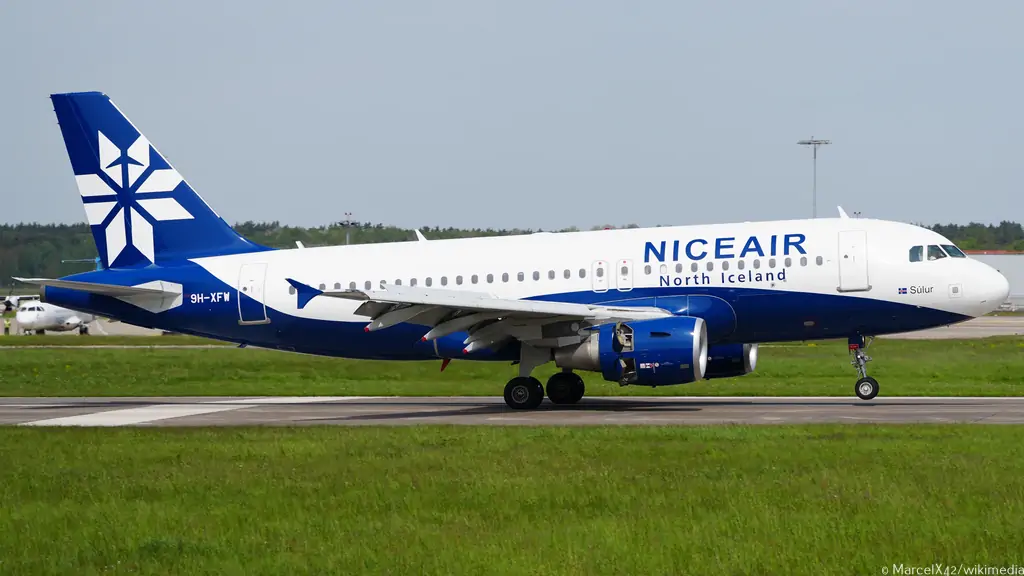
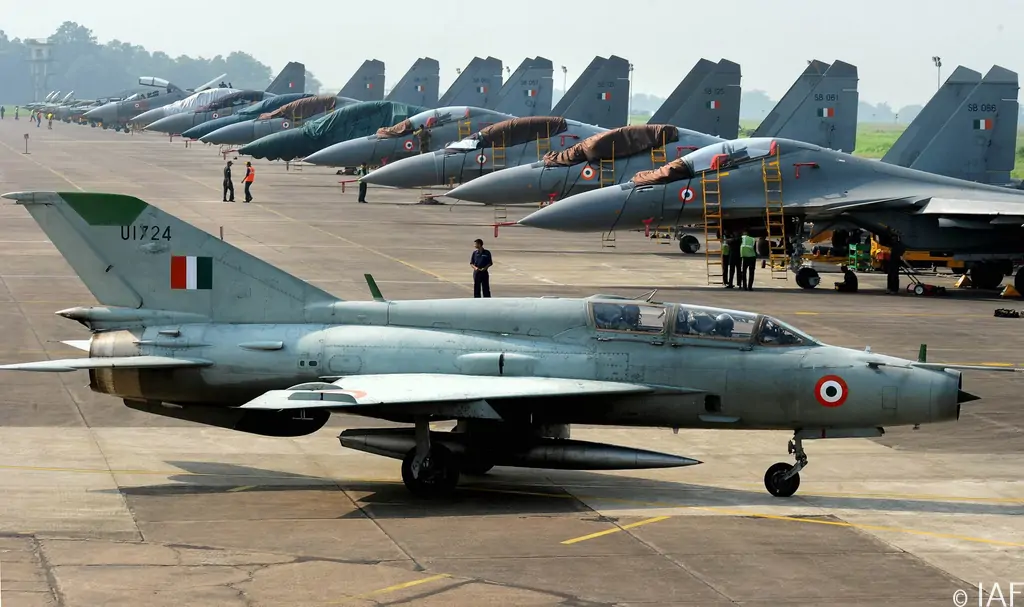
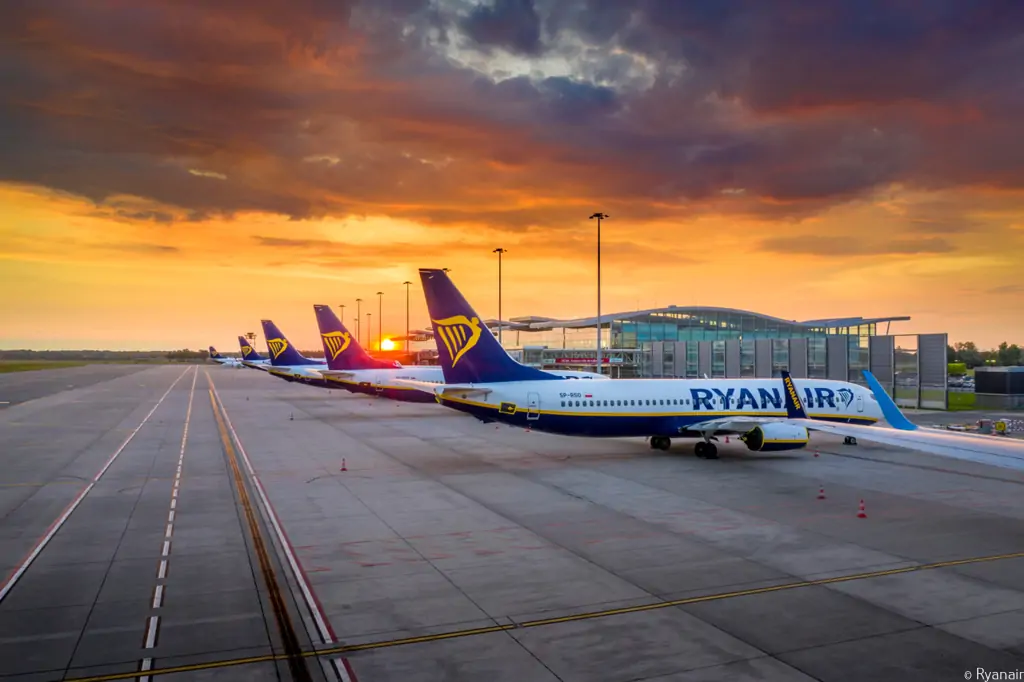
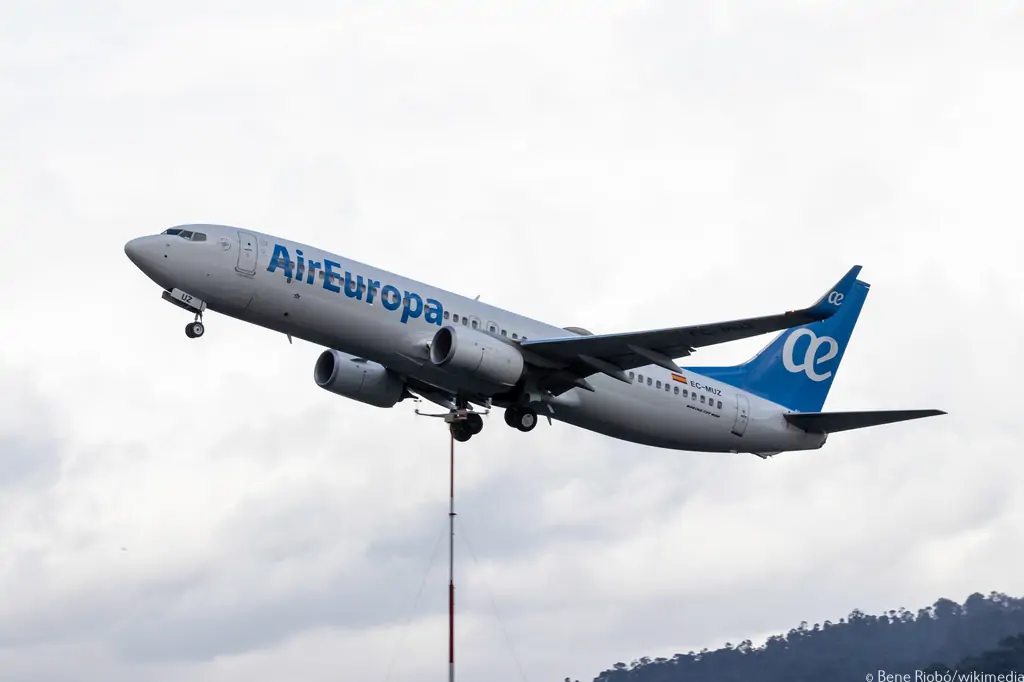
Comment